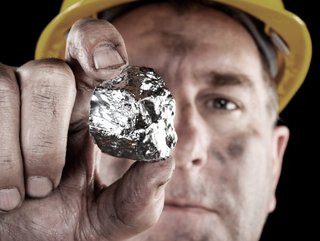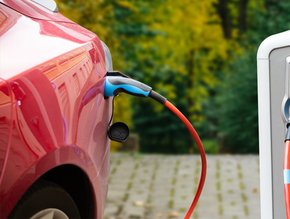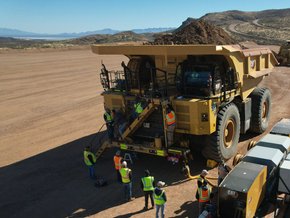EY: Silver Miners' Sustainability & Supply Challenge

Silver miners face a “critical need” to transition to more sustainable and efficient operations, a leading industry analyst says.
Alfredo Alvarez Laparte is Energy Segment Leader & Solutions Leader at OneLatam EY.
In a report on how silver miners can build long-term competitiveness as they transition towards a greener economy he explores the challenges and opportunities they face from the growing demand for clean energy initiatives and looming supply deficits.
Laparte says that in terms of supply problems silver miners “need to increase their exploration activities to bridge the potential gap”.
He says that in 2023, demand for silver from the industrial sector grew year on year by 8%, with continued investments in energy transition initiatives – in particular from the growth of solar energy initiatives – and that this is expected to further grow over the coming years. Aside from silver’s use in jewellery, the rise of solar energy is the main driver of the rising demand for silver.
Silver is used in solar energy in powder form. The powder is turned into a paste, which is then loaded onto silicon wafer contained in the photovoltaic cells of solar panels. When light strikes the silicon, electrons are freed and the silver – the world’s best conductor – carries the electricity for immediate use or stores it in batteries.
But Laparte points to serious constraints on global supplies of silver, which is mined primarily as a byproduct of other metals, such as copper and zinc; primary silver mines contribute relatively little to global supply. He adds that a combination of dwindling ore grades and increasing extraction costs – mainly from energy consumption – are restricting the growth of silver production.
Silver production down by 2% in 2023
Laparte writes that mined silver production fell by 2% year on year in 2023, and that the cause of this was lower output from Mexico and Peru, “due to temporary mine suspensions and operational challenges”.
He adds that Mexico – which accounts for the world’s highest production share of silver, with 24% – has also reformed its mining laws, reducing mining concession terms from 50 years to 30.
The new law, he says, has stricter regulations around water usage, consultation with indigenous communities, the public bidding process for mine concessions and ministry approval requirements for the transfer of mine concessions. As a result, mining and exploration companies are reconsidering investment plans in the region.
He cites water scarcity as another factor, saying that over half of the world’s largest silver producers are located in water-stressed countries
“Mining activities such as mineral processing, equipment cooling and dust control are water intensive, leading to significant water extraction from local sources, exacerbating the scarcity in water-stressed regions,” he says.
He says that several mining companies are countering this by implementing water recycling and reuse measures through responsible mine design and planning, water assessment studies and smart mining.
EY: Solar-cell silver recycling on increase
Laparte also expects silver recycling activities to grow, saying that researchers are investing in developing new technologies to increase the efficiency of silver recovery.
“Chalmers University of Technology in Sweden has developed a silver recovery process from thin-film solar cells which is expected to be greener and have the possibility of 100% recovery,” he writes. “Similarly, the University of New South Wales in Sydney has developed a new method for recycling solar panels that can recover silver with greater efficiency.”
Laparte continues: “Increasing demand for silver from the energy transition is pushing miners to accelerate the adoption of innovative solutions to grow productivity.
“This surge has prompted miners to invest in automation and digital technologies, aiming to enhance both sustainability and productivity. “Through these technologies, mining companies can analyse and monitor extensive data to enhance the efficiency, safety and sustainability of operations.
“Increased renewables power and electrification can reduce the emission intensity of power used in production.
“In addition, sustainable mining practices and circular economy initiatives will remain key focus areas for miners to align with ESG considerations. Focus on digitalization and automation will be crucial for silver miners’ long-term viability.”







